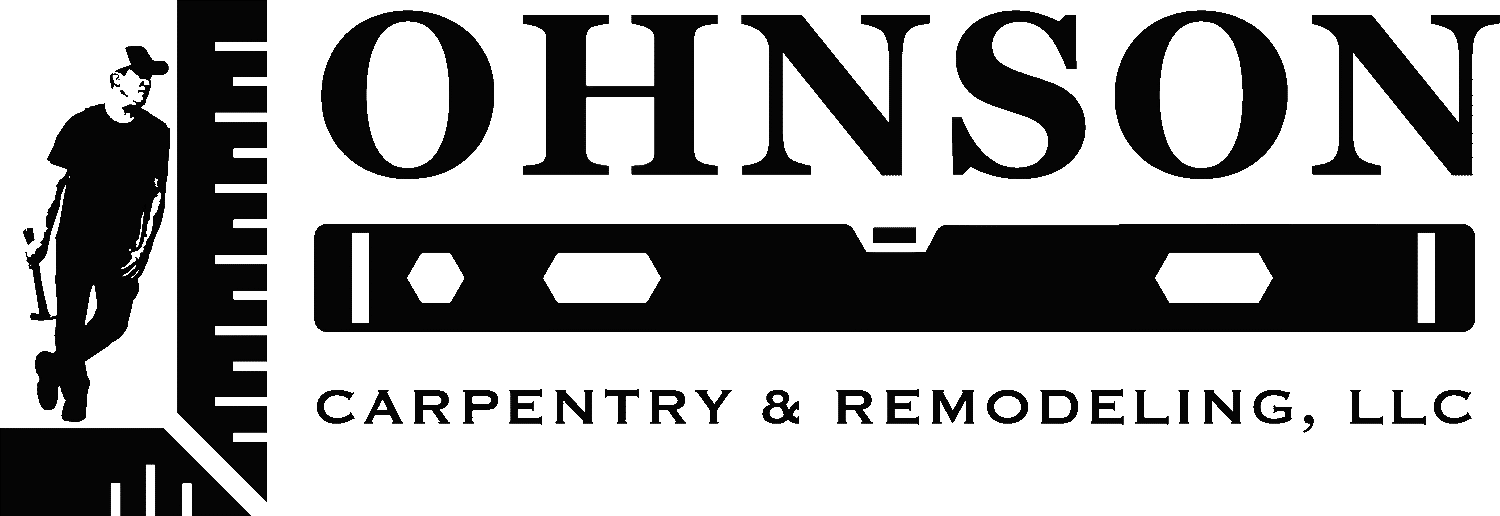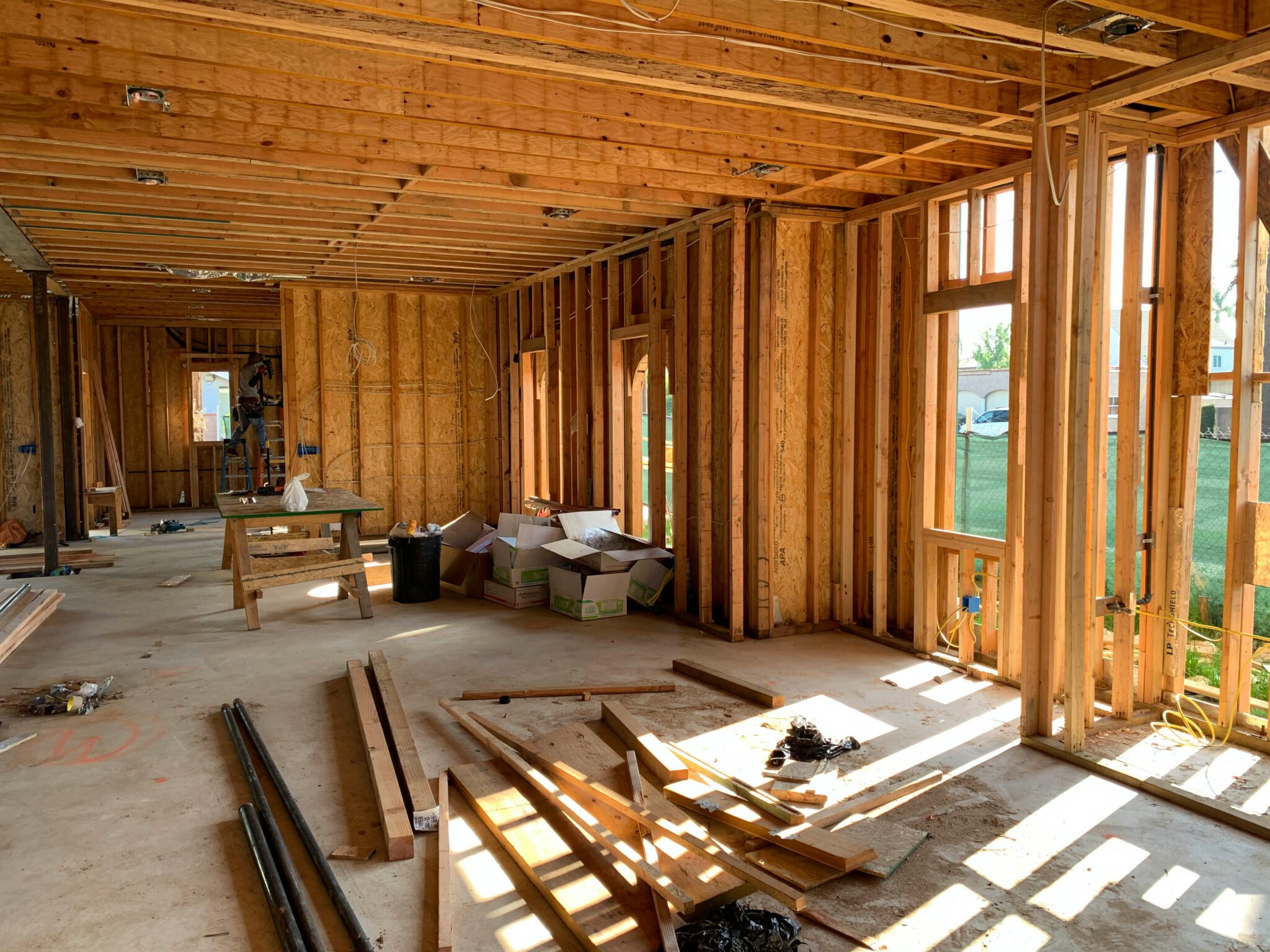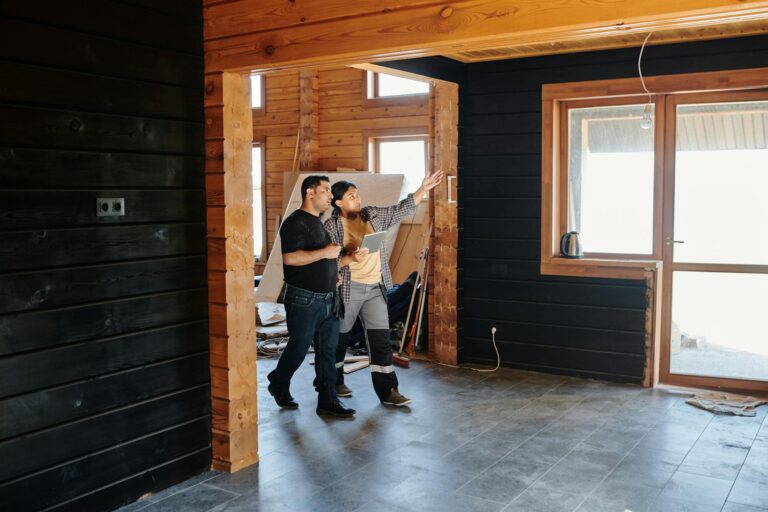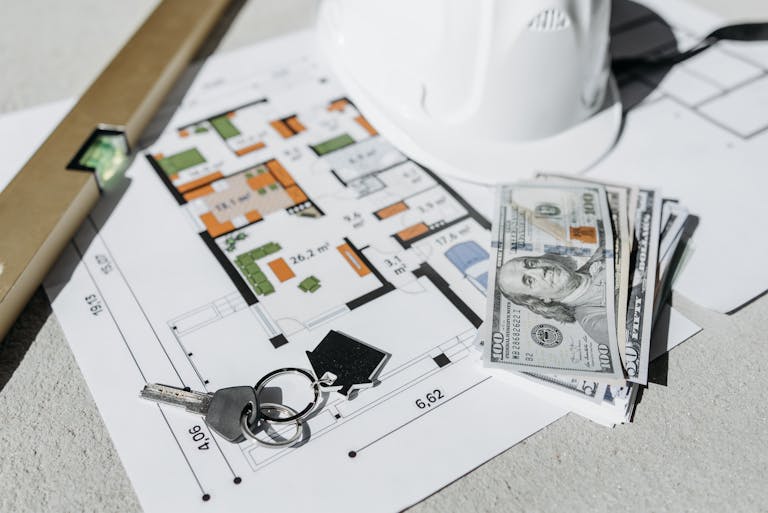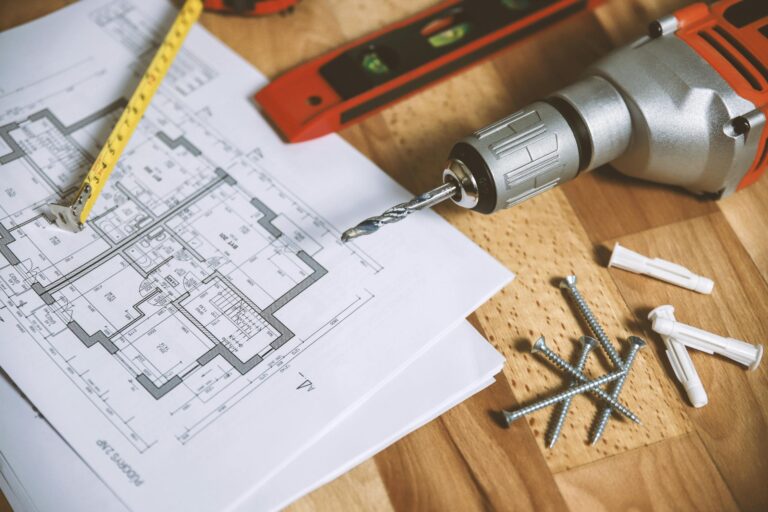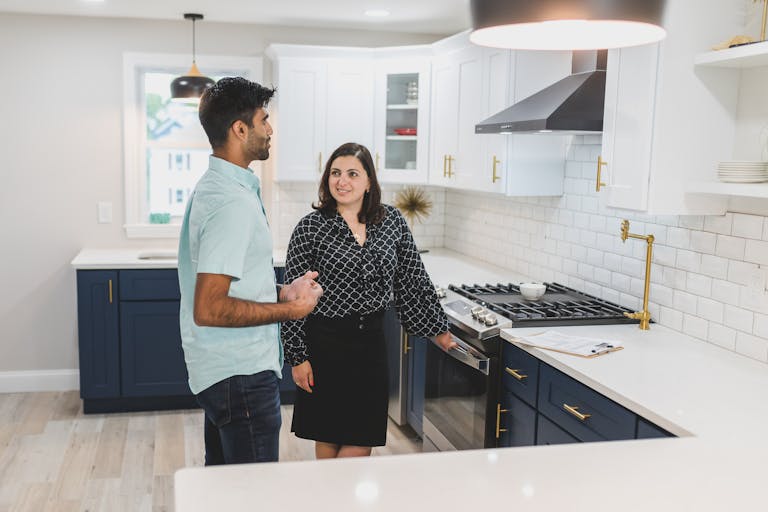Whole Home Renovations: Transform Your House Into the Home You’ve Always Wanted
Introduction
Embarking on whole home renovations can feel daunting. Where do you start? How do you stay on budget? And how do you be sure the trade-offs you’re making today won’t become regrets tomorrow? If you own a home in and around Raleigh and seek to increase comfort, boost equity, and create a modern, functional home, a well-planned whole home renovation is your secret weapon.
In this post, we’ll explore how whole home renovations can:
- Maximize your home’s warmth, efficiency, and curb appeal
- Deliver an attractive ROI when done right
- Allow you to customize spaces for comfort that lasts
Let’s get into it.
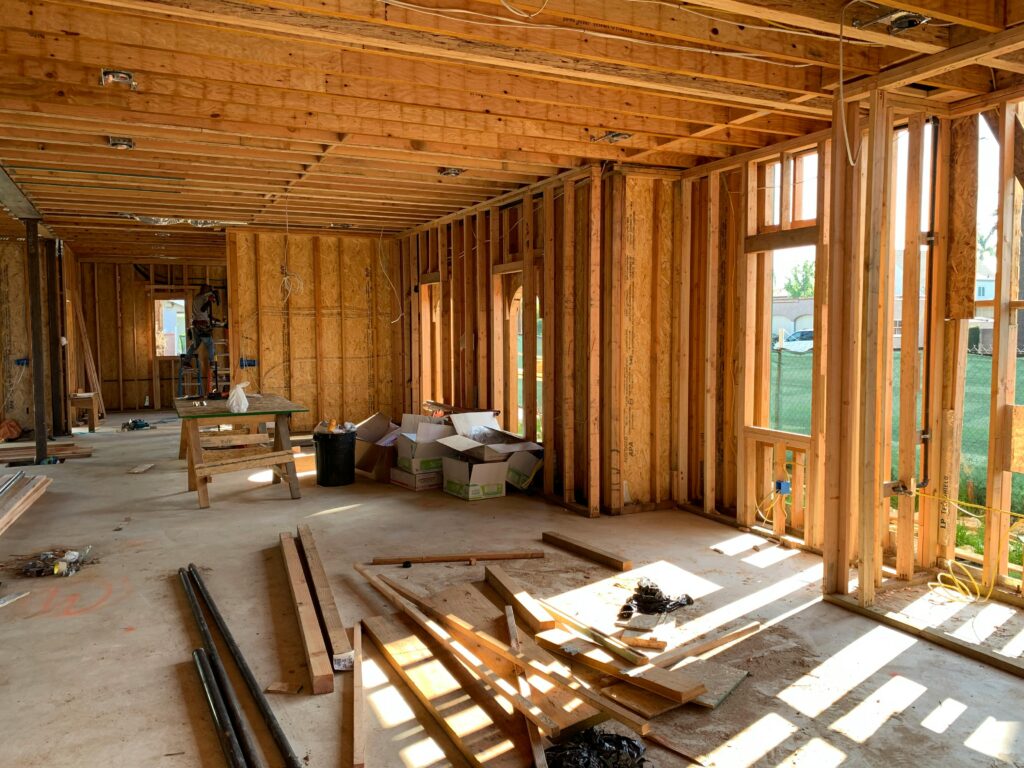
Why Whole Home Renovations Offer the Strongest Return on Investment
When done thoughtfully, whole home renovations offer significantly higher value per dollar spent than piecemeal updates. According to Remodeling Magazine, major renovations across multiple systems (structural, HVAC, bathrooms, kitchen, and exterior) deliver a return ranging from 68% to 72% at resale. That’s far deeper impact than isolated projects like repainting or replacing fixtures.
Plus, comprehensive renovations help you avoid coordination hassles and unexpected cost overlap. In other words: one cohesive plan yields smoother execution, fewer surprises, and smarter use of your budget.
What to Prioritize First
A successful whole home renovation starts with a smart audit. Begin with these steps:
1. Structural and Systems Assessment
Before planning finishes, inspect your roof, foundation, electrical wiring, plumbing, and HVAC. Addressing these underlying systems during a single whole home renovation prevents later disruptions and cost blow‑outs.
2. Layout Optimization
Want an open‑plan living space? Need a better mudroom or more natural light? Design your whole home renovations to reflect how your family lives now—and into the near future.
3. Energy Efficiency
Upgrading insulation, windows, and HVAC means lower utility bills and higher comfort through the Southeast’s humid summers and chilly winters.
4. Style with Substance
Choose timeless finishes—think shaker cabinetry, quartz countertops, and durable flooring. When executed within a unified whole home renovations plan, these details elevate the entire home’s appeal.
Sequencing Your Whole Renovations for Efficiency
Whole home renovations that follow a clear sequence avoid waste:
- Demolition and framing—structure first
- Rough‑ins for systems—electrical, plumbing, HVAC
- Insulation and drywall
- Flooring, painting, and finishes
- Fixtures and styling
This logical sequence helps your team move fast and keeps your budget transparent—no juggling multiple trades or backtracking.
Financing Your Whole Home Renovations Smartly
Considering financing? Here are a few smart routes:
- Home equity financing—competitive rates let you fund your whole home renovation while maintaining equity.
- Remodeling loans—FHA 203(k) or Fannie Mae Homestyle loans bundle renovation funds into your mortgage for a streamlined solution.
- Payment plans with contractors—many reputable contractors offer structured payments tied to project milestones.
Just be sure your whole home renovation plan pushes your property value into new territory for your family’s future.
How a Local Touch Makes All the Difference
Working with a Triangle‑based remodeling firm gives you an edge:
- Regional expertise—they know how humidity, seasonal storms, and Southern design trends should influence materials and methods.
- Streamlined logistics—local sourcing and subcontractor relationships help your whole home renovations stay on time and under budget.
- Smart communications—look for contractors who offer real‑time updates, photos, and video walkthroughs instead of cryptic emails.
The right partner will make your home renovations feel less like a disruption and more like a transformation.
Measuring Success: KPIs for Your Home Renovations
Track these key indicators to measure progress and results:
- Timeline adherence—staying within weeks, not months
- Budget fidelity—stick within your ballpark without hidden overruns
- Material durability—choose finishes designed for wear in high‑traffic Southern households
- Energy savings—monitor utility bills post‑renovation; HVAC, insulation, and window upgrades should lower monthly costs
- Value uplift—reference comps in your area to estimate new value once the renovation is complete
With these metrics in place, your whole home renovations become part of a broader, performance‑driven strategy.
Tips to Keep Your Whole Home Renovations on Track
Here are execution tips I’ve seen work for Southeast remodelers—and for homeowners aiming to grow their equity and comfort:
- Set a clear “scope of finish”: don’t expand doors mid‑project. Know exactly what’s in and what’s out.
- Build in buffers: allocate 10% for contingency and 10% for unexpected time delays, especially for material delivery hiccups.
- Leverage digital tools: share schedules, punch lists, and photo updates in a shared platform—this cuts communication friction.
- Plan phase‑appropriate delivery: bring in big-ticket items on time, not weeks in advance, to keep site clutter low.
These steps keep the renovation efficient, cost‑effective, and aligned with your vision.
Final Take: Why Whole Home Renovations Are Worth It
Taking on whole home renovations is more than a project—it’s an investment in comfort, equity, and future memories. When you plan strategically, sequence smartly, and work with an experienced local team, your home evolves into a healthier, more valuable space that fits your life today—and tomorrow.
Ready to turn your renovation dreams into a tangible plan that meets your timeline and your ROI goals? I’m here to help you design and deliver a transformation that counts.
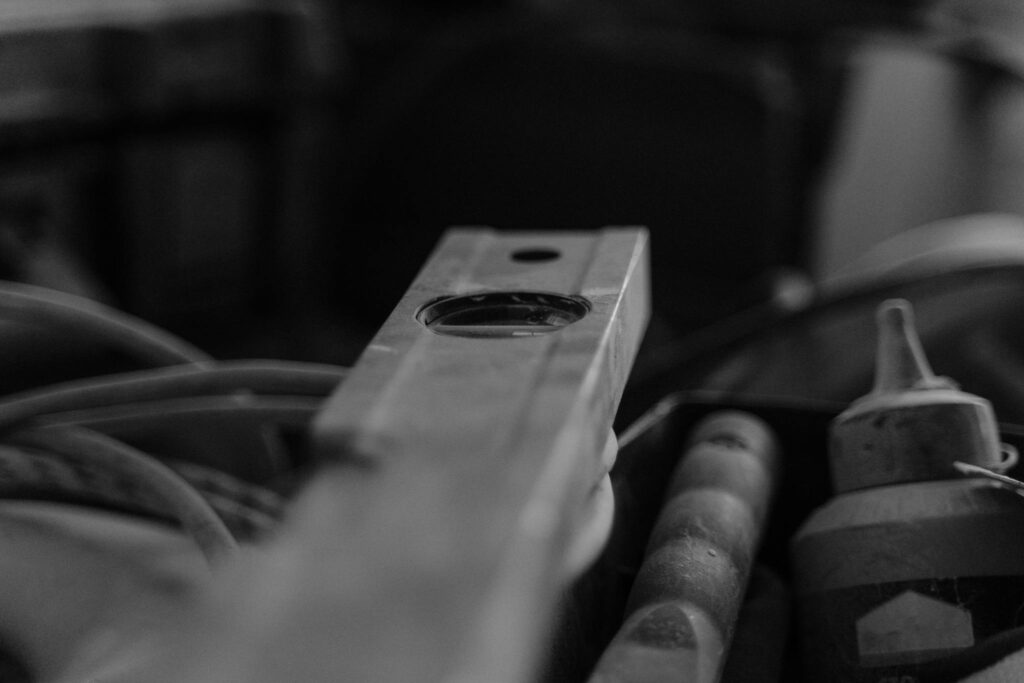
Whats keeping you from realizing your dream space?
